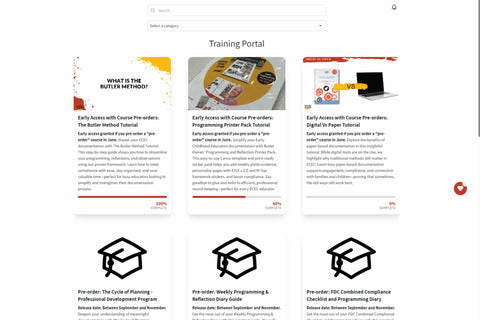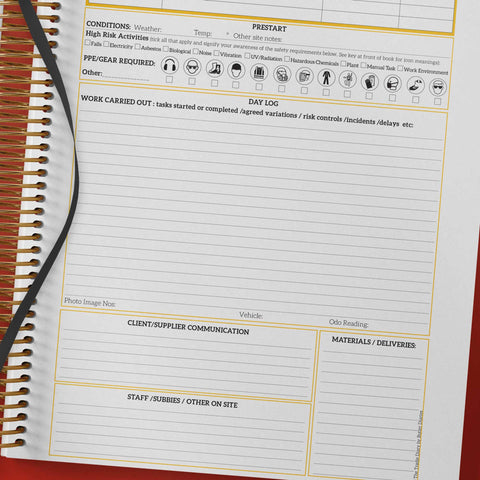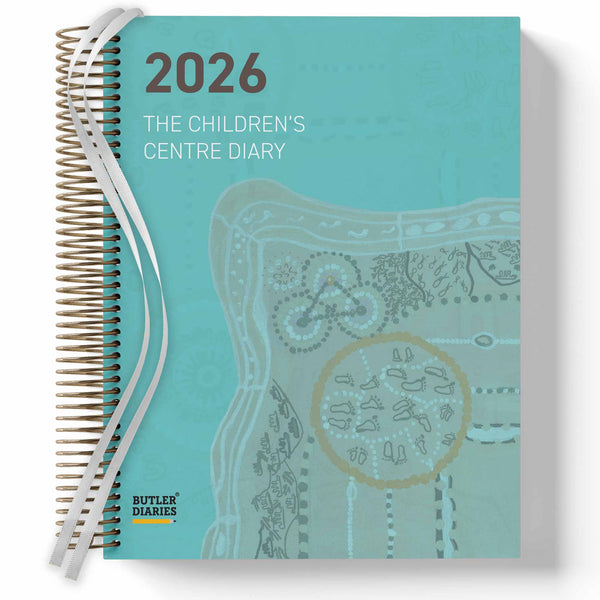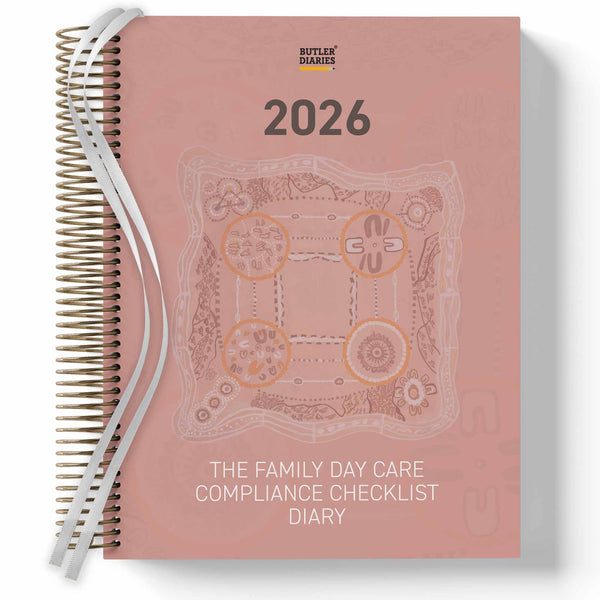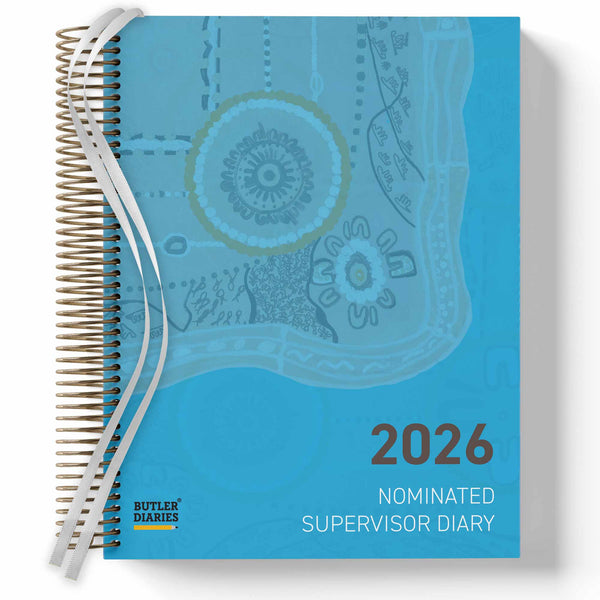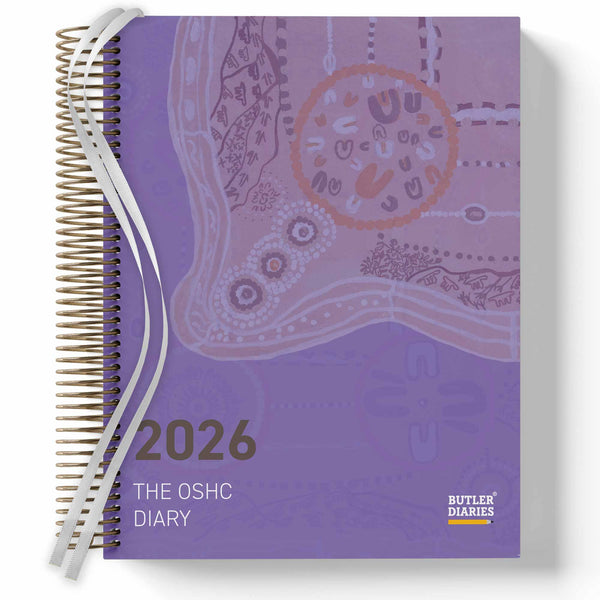Navigating Customer Dissatisfaction
Navigating customer dissatisfaction is an inevitable part of any trade business. While we all strive for excellence, it's vital to acknowledge that we're in a human-centric profession, and occasional setbacks are unavoidable. How you handle these situations reflects not just on your skills, but on your character as a tradie. Let's delve into proven strategies to effectively manage unhappy customers in the world of trades.
Listen Attentively
Your initial approach should be to listen. Often, a customer just wants to be heard. Give them the space to express their concerns without interruption. Make it clear that their concerns are important to you and that you're there to resolve them.
Acknowledge the Issue
After you've given them room to speak, acknowledge the problem. Even if you disagree with their viewpoint, a simple, "I understand why you might feel that way," can go a long way. Your acknowledgement doesn't mean you're accepting fault; it means you're taking their concerns seriously.
Ask Clarifying Questions
To address the issue effectively, you need to know the full scope of the problem. Politely ask for more details, specifics, or any evidence they can provide. The more information you have, the easier it will be to find a resolution that aligns with both parties' expectations. If you've been using your Construction Diary to record job details and customer communication, now is the perfect time to reflect back on the notes and use them to assist with clarification.

Provide Solutions, Not Excuses
While it might be tempting to explain why an issue occurred, focus on how you'll resolve it. Discuss the steps you'll take to rectify the situation and prevent it from happening in the future. Whether it's a refund, a service redo, or another form of restitution, offering a concrete solution reinforces your commitment to customer satisfaction.
Follow Through
Once a course of action has been agreed upon, follow through as quickly as possible. Delays could further aggravate the situation. After the issue has been resolved, it's advisable to follow up to ensure that the customer is satisfied with the solution. Schedule in the solution to your Construction Diary as soon as you're able, even if it has to be after hours or on a weekend.
Learn and Adapt
Every complaint is an opportunity for growth. Take some time to reflect on the situation and identify any systemic changes you can implement to avoid similar issues in the future. In this rapidly evolving industry, adaptability is key to long-term success.
Why is the Way you Respond to Unhappy Customers Important?
Maintaining a positive relationship with every customer is not just a feel-good approach; it's a strategic necessity for the longevity and reputation of your trade business. Satisfied customers are more likely to refer you to their network, enhancing your business's growth through the most effective form of advertising: word of mouth.
Conversely, dissatisfied customers can quickly harm your reputation, especially in the age of online reviews and social media. A single negative review can have a ripple effect that tarnishes your brand's image. Moreover, it costs significantly more to acquire a new customer than to retain an existing one.
By nurturing a positive relationship, even when issues arise, you reinforce trust and build a loyal customer base that can weather ups and downs. This customer-centric approach is a cornerstone in not just meeting but exceeding expectations, thereby solidifying your standing as a reliable and professional tradie.
How to Limit Issues with Customers
In the fast-paced world of trades, meticulous documentation can often be overlooked, but it is an essential element in reducing misunderstandings and potential issues. Maintaining accurate job notes and records of customer communication acts as a safeguard for both parties. That's why the Construction Diary has been specifically designed to capture job notes including variations and customer communication. If a change has been requested or an issue has arisen, note it down along with the action going forward.
These notes serve as a factual baseline for what was discussed, agreed upon, and executed. Should a disagreement or dissatisfaction arise, you can refer back to these records to clarify the situation. They can be instrumental in resolving disputes amicably and swiftly. Furthermore, clear documentation can assist in self-evaluation, helping you identify areas for improvement or retraining.
Not only does this promote transparency and accountability, but it also upholds the quality of your service. In essence, a well-documented job is a well-executed job, one that minimises the scope for error and maximises customer satisfaction. It’s not just about keeping tabs; it’s about setting a standard for excellence that aligns with your professional ethos.
To Wrap Up
Unhappy customers are not just a challenge but an opportunity—an opportunity to demonstrate your professionalism, commitment, and dedication to quality service. By listening attentively, acknowledging concerns, and focusing on solutions, you can turn a potentially negative experience into a positive one. Remember, in the world of trades as in life, it's not about the setbacks; it's about the comebacks.
Handling unhappy customers is not just about problem-solving; it's about building relationships. And building strong relationships is the cornerstone of any successful trade business in Australia. Here at Butler Diaries, we understand the complexities you face, and we are dedicated to making your professional journey as streamlined as possible. Because in your line of work, every detail matters, and so does every customer.

